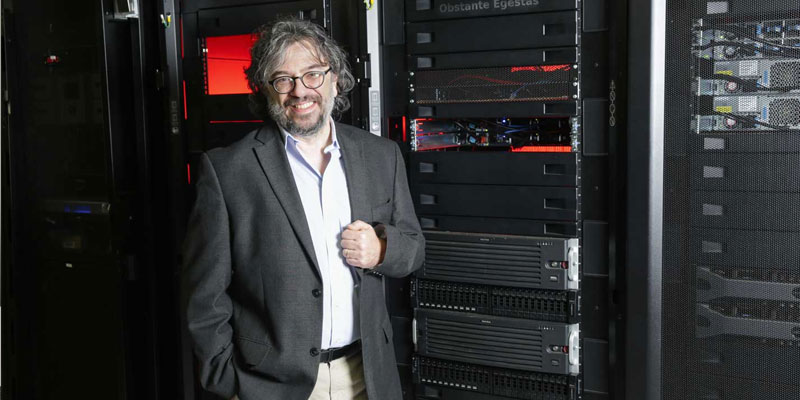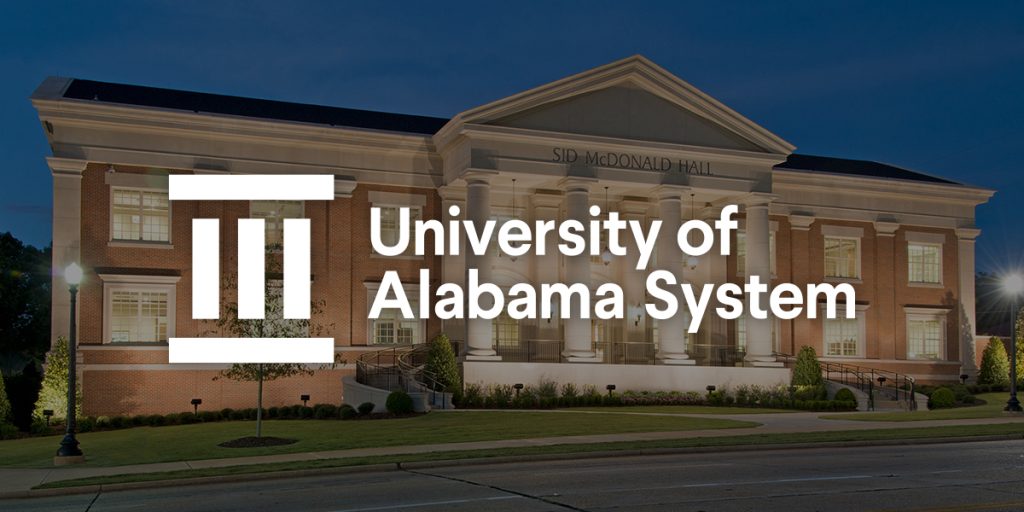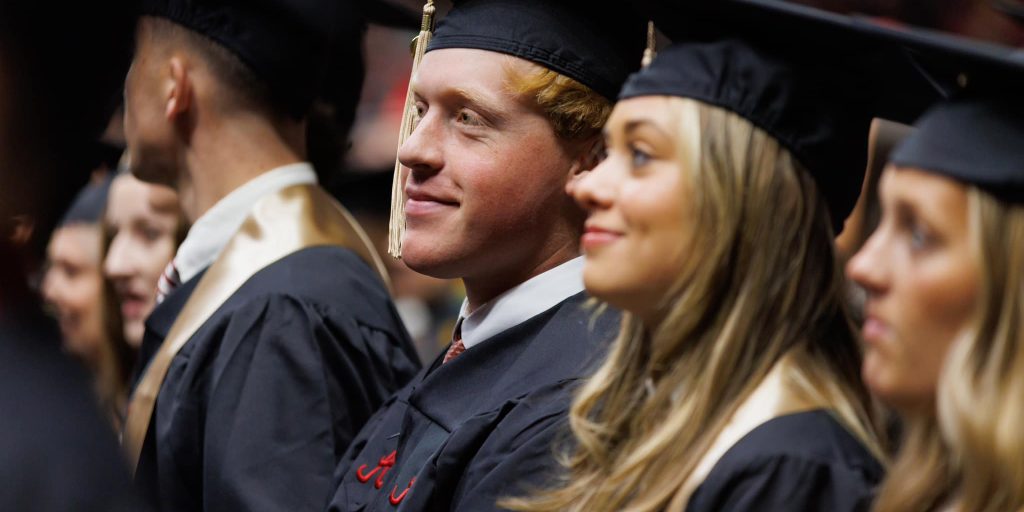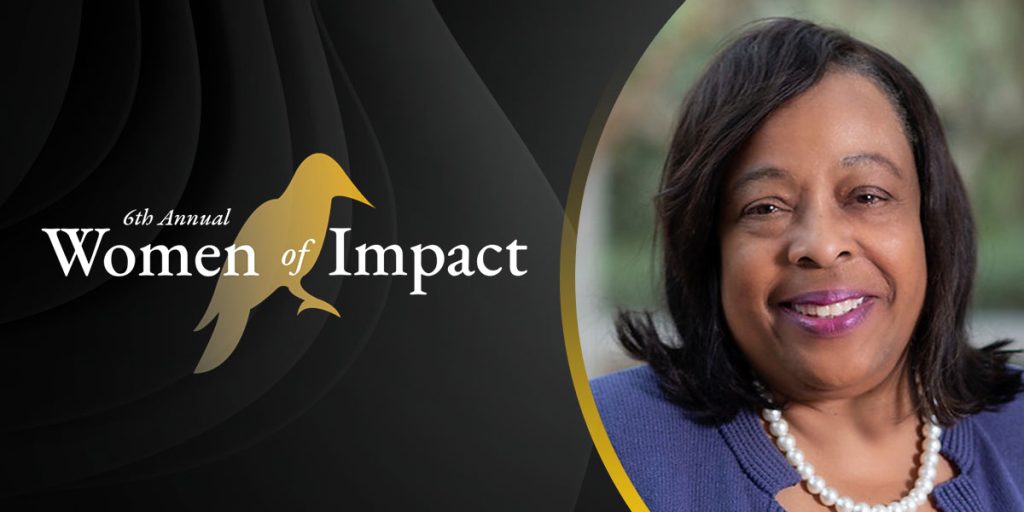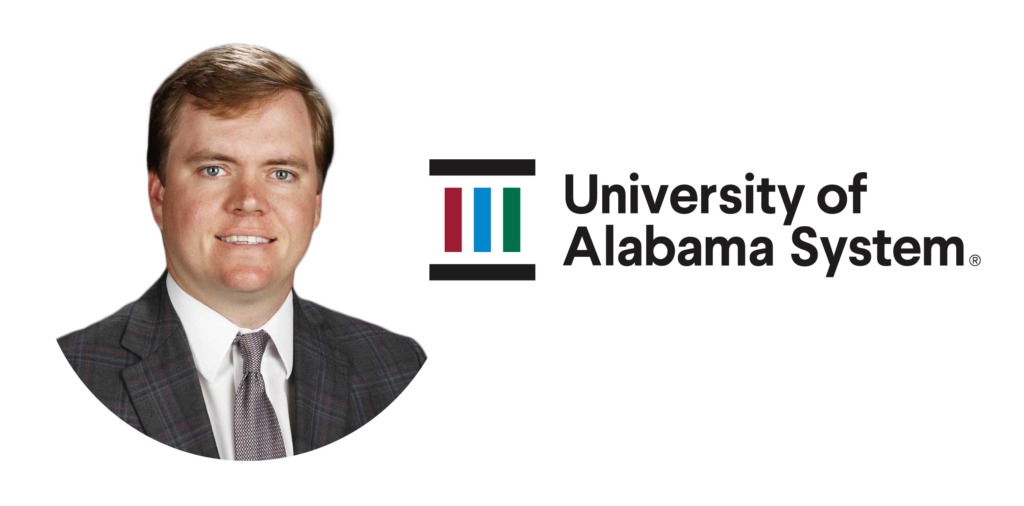Two different strategies to discover and perfect pharmaceuticals active against the COVID-19 virus have attracted a half million dollars in research funding to support five institutions, including the Baudry Lab at The University of Alabama in Huntsville (UAH).
The lab, led by Dr. Jerome Baudry (pronounced Bō-dre), a molecular biophysicist and the Mrs. Pei-Ling Chan Chair in the Department of Biological Sciences at UAH, a part of the University of Alabama System, will receive a portion of the funding, which originates from the National Institutes of Health (NIH) National Institute of Allergy and Infectious Diseases and from Saint John’s Cancer Institute, a private organization located in Santa Monica, Calif.
“Both awards are the recognition of our hard work and success of the last year, when we used supercomputers to identify natural products that have the potential to prevent infection by the COVID-19 virus or to prevent its replication in our cells,” says Dr. Baudry, who is also a professor of biological science.
“We have had quite an impact, together with our collaborators at Oak Ridge National Laboratory (ORNL), Hewlett Packard Enterprise and the Alabama Supercomputing Authority,” he says. “And it led us to join these two new collaborative projects and apply for these two grants, which were both awarded, which is a pretty unusual and happy outcome, as research grants are usually very difficult to obtain.”
In their segment of the new research, the UAH scientists will continue to work with chemicals found in nature, which are called natural products. Dr. Baudry is joined in the work by Maher Mansur, a senior molecular physics doctoral graduate student, and the pair are training junior scientists to help with the effort.
“Natural products are very interesting chemicals. Sometimes, the natural products can work by themselves and it leads to phytotherapy or to nutraceuticals.” Dr. Baudry says. “Sometimes the natural products are not quite powerful enough, or they can be toxic for humans. In the latter case, medicinal chemists can modify the natural products’ chemicals to become very potent and safe pharmaceuticals.”
He says that could be a likely outcome as the new research progresses.
“We will still use our supercomputers to identify natural products that appear to do well, and we will use this information coming from nature and the expertise of the chemists to ‘chisel’ the natural products to be very efficient against the virus and very safe for our cells,” Dr. Baudry says.
“So far in our research what has usually taken many years has taken a few months, and that’s why we now can go on the offensive against the virus, instead of staying on the defensive.”
There’s a synergy between modern science and ancestral knowledge in natural products that allows advancement, he says.
“Natural products are a fantastic source of chemicals and medicine, and preserving our natural history, including our knowledge about what the plants and fungi do and how they work, is very important.”
Spikes and torpedoes
In the SARS CoV-2 research grant awarded by St. John’s Cancer Institute, Dr. Baudry’s team is working with Dr. Venkata Mahidhar Yenugonda, director of Saint John’s Cancer Institute Experimental Therapeutics Research Program. Dr. Yenugonda is an internationally known medicinal chemist who is leading the project.
“In this first project, we are going to identify molecules that have the potential to bind to the virus’ spike protein,” says Dr. Baudry. “That protein is on the outer surface of the coronavirus, which leads to its crown-like appearance and name, ‘crown’ being ‘corona’ in Latin.”
The virus’ spike protein allows it to attach to the cell, which is the first step in infection.
“Our strategy is to design a molecule that binds to the spike protein, preventing the virus from attaching to cells, and therefore preventing infection,” says Dr. Baudry.
In the other, NIH-funded project, the Baudry Lab is working with Dr. Jennifer Golden, the project’s lead principal investigator, who is an assistant professor and the associate director of the Medicinal Chemistry Center at The University of Wisconsin-Madison; Dr. Jeremy Smith, the Governor’s Chair Professor in the Department of Biochemistry & Cellular and Molecular Biology at the University of Tennessee (UT) in Knoxville and director of the UT/ORNL Center for Molecular Biophysics; and Dr. Colleen Jonsson, director of the University of Tennessee Health Science Center Regional Biocontainment Laboratory in Memphis.
The project uses promising compounds that might attack COVID-19’s polymerase inhibitors.
“These potential drugs torpedo some proteins that the virus forces the infected cell to make,” Dr Baudry says. “These proteins are indispensable for the virus to re-assemble itself in the infected cell and then to leave to infect new cells. If we can block that process, the virus cannot infect new cells in the body and it is doomed.”
Essential research
UAH has mobilized resources for research vital to establishing a strategy in the fight against COVID-19 and other, new viruses that may appear down the road, Dr. Baudry says.
“I have worked on COVID-19 with senior scientists and graduate students in my UAH lab, and it has established us on the research map, and UAH was present to help in many ways,” he says. “UAH students should know that if they do research here, they can be in the spotlight, that we do work at the very top level in the nation.”
The Alabama Supercomputer Facility, a state resource located in Huntsville, has been a valuable partner.
“I think it is important for the region, and indeed for all Alabamians, to know that their support of science, of research and development, and of universities pays dividends and goes a long way,” he says.
Discovering therapeutic pharmaceuticals is essential to helping COVID patients as the pandemic evolves, Dr. Baudry says.
“The vaccines are here and they are, literally, life savers,” he says.
“Now there are new variants coming all the time, in particular with mutations of the spike proteins we are going after, and we all have started to hear about variants such as Delta, which is more contagious than the original strains, or Epsilon, which may be partially resistant in some cases to vaccines.”
New vaccines probably can be created relatively quickly to address variants, he says.
“But there is still an immense need for pharmaceuticals, not vaccines, because pharmaceuticals could be used to fight new strains of the virus while new vaccines are being developed against new strains,” Dr. Baudry says.
“The nation’s effort has been supporting vaccines, with a remarkable success, and we are now kind of switching gears to augment our arsenal with pharmaceuticals. Pharmaceuticals and vaccines are not duplicating each other, they complement each other.”
The ultimate goal is to achieve a protocol much like exists for the flu, where vaccines help keep the disease in check but antivirals like Tamiflu are available to treat vaccinated patients with breakthrough infections or the unvaccinated who get ill. Tamiflu has as its starting material shikimic acid, which is present in the pods of star anise.
“The situation with COVID-19 can very well be similar: a vaccine that overall works very well and medications to help those who still get sick,” Dr. Baudry says. “And what we learn in this work against COVID-19 will also be a very important source of knowledge in case a new, different virus appears down the road.”
(Courtesy of UAH)




